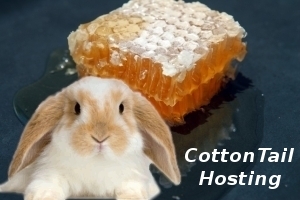Honey is a sweet fluid produced by honey bees (and some other species) and derived from the nectar of flowers. According to the United States National Honey Board and various international food regulations, “honey stipulates a pure product that does not allow for the addition of any other substance…this includes, but is not limited to, water or other sweeteners“. This article refers exclusively to the honey produced by honey bees (the genus Apis); honey produced by other bees or other insects has very different properties.
Honey gets its sweetness from the monosaccharides fructose and glucose and has approximately the same relative sweetness as that of granulated sugar (97% of the sweetness of sucrose, a disaccharide). Honey has attractive chemical properties for baking, and a distinctive flavor which leads some people to prefer it over sugar and other sweeteners.
Most micro-organisms do not grow in honey because of its low water activity of 0.6. However, honey frequently contains dormant endospores of the bacterium Clostridium botulinum, which can be dangerous to infants as the endospores can transform into toxin-producing bacteria in the infant’s immature intestinal tract, leading to illness and even death (see Potential health hazards below).
The study of pollens and spores in raw honey (melissopalynology) can determine floral sources of honey. Because bees carry an electrostatic charge, and can attract other particles, the same techniques of melissopalynology can be used in area environmental studies of radioactive particles, dust, or particulate pollution.
A main effect of bees collecting nectar to make honey is pollination, which is crucial for flowering plants.
Beekeepers encourage overproduction of honey within the hive so that the excess can be taken without endangering the bees. When sources of food for the bees are short, beekeepers may have to give the bees supplementary nutrition. Supplementary nutrition usually comes in the form of sugar (sucrose) mixed with water at proper ratios.




